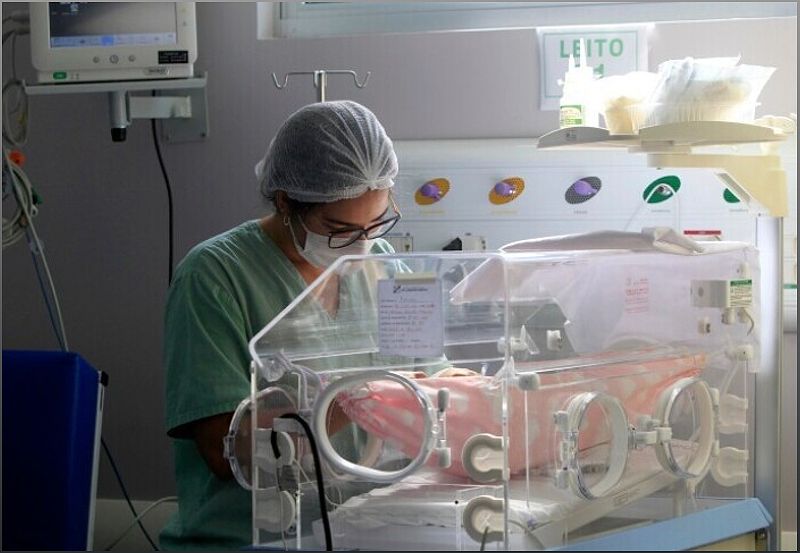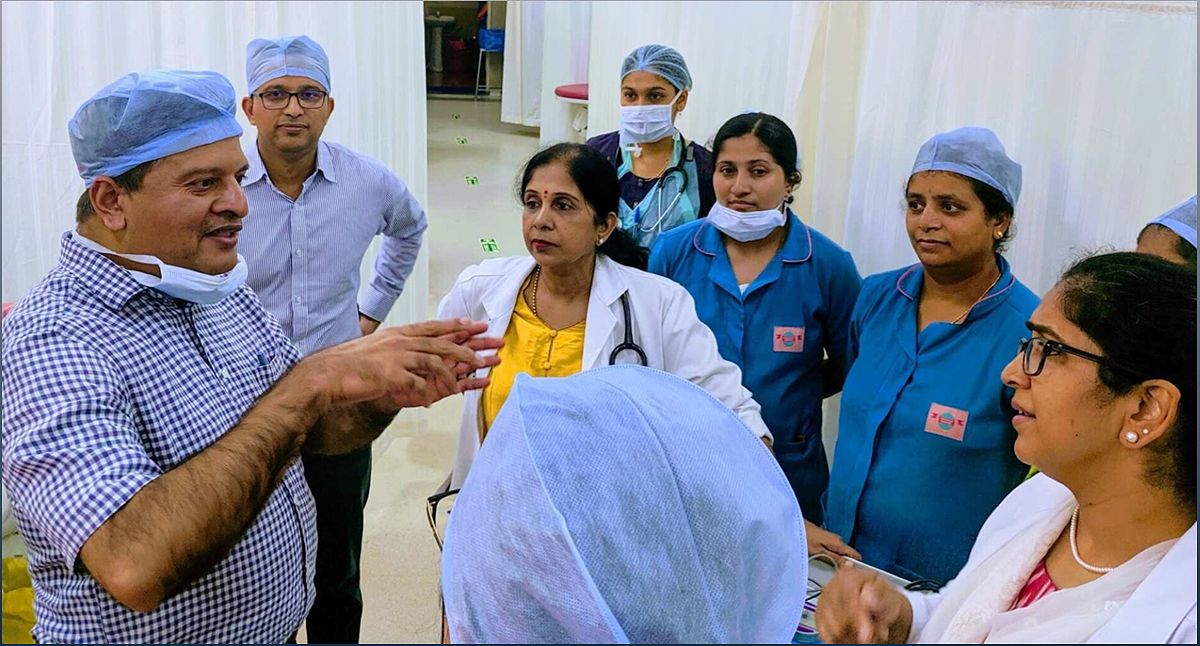Discover how a simple blood test can identify the underlying cause of brain injury in newborns and aid in treatment decisions. Find out how gene expression patterns in the blood can determine if a newborn will respond to cooling treatment. Learn about the potential for a quick and effective diagnostic tool for brain injury in newborns.
Identifying the Underlying Cause
A groundbreaking study conducted by researchers from Imperial College London has revealed a promising development in the diagnosis and treatment of newborn brain injuries. The study focused on babies who experienced brain injury due to hypoxia, a condition characterized by oxygen deprivation. By analyzing patterns of gene expression in the blood, the researchers found that it is possible to identify the underlying cause of the injury and determine if the newborn is likely to respond to cooling treatment.
This discovery has the potential to revolutionize the way we diagnose and treat brain injuries in newborns. Instead of relying solely on clinical observations, which can be subjective and time-consuming, a simple blood test could provide quick and accurate results. This means that healthcare providers can make informed decisions about treatment options, leading to better outcomes for these vulnerable infants.
Differentiating Causes of Brain Injury
The study included babies from both low and middle-income countries, as well as high-income countries. Interestingly, there was a significant difference in gene expression between the two groups, suggesting different causes of brain injury. This finding challenges the assumption that ethnicity alone plays a role in the response to treatment.
Instead, the researchers believe that socioeconomic factors may be influencing the response to cooling treatment. This highlights the importance of considering the broader context in which healthcare is delivered and tailoring treatment strategies accordingly. By understanding the underlying causes of brain injury in newborns, healthcare providers can personalize care and improve outcomes for all infants, regardless of their socioeconomic background.
Hypoxic-Ischemic Encephalopathy (HIE)
Hypoxic-Ischemic Encephalopathy (HIE) is a type of brain injury that poses a significant threat to full-term babies worldwide. It is a leading cause of death and disability among newborns. The current standard treatment for HIE is whole-body cooling, which has shown promising results in improving outcomes.
However, the study revealed an unexpected finding - the treatment actually worsened outcomes in babies from low and middle-income countries. This suggests that there may be factors beyond the medical condition itself that influence treatment response. It is crucial to consider the socioeconomic context when designing treatment protocols to ensure that all babies receive the best possible care.
The Path to Improved Diagnostics and Treatment
The findings of this study have significant implications for the field of neonatology. By identifying the underlying cause of brain injury in newborns through a simple blood test, healthcare providers can make more informed decisions about treatment options. This not only improves the chances of a positive outcome for the baby but also reduces the burden on families and healthcare systems.
Further research is needed to validate these findings and develop a reliable diagnostic tool that can be implemented in clinical settings. With continued advancements in medical technology and a growing understanding of the complex factors influencing treatment response, we are moving closer to a future where newborn brain injuries can be quickly diagnosed and effectively treated.




